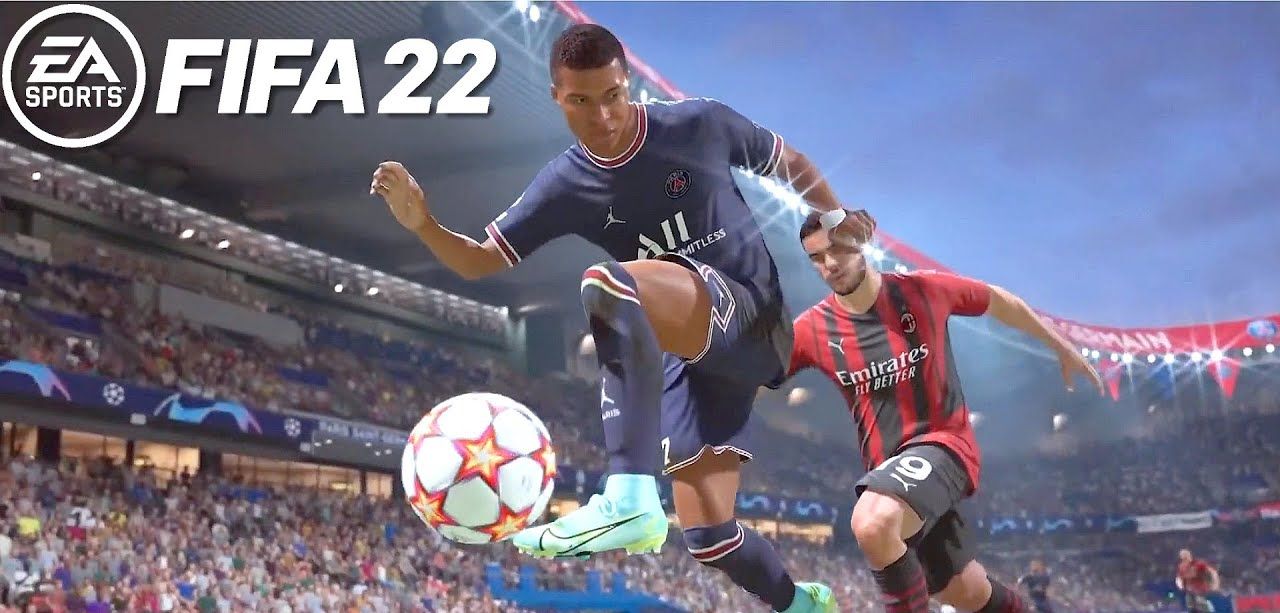
How it could work soon - Starke describes in a research paper presented in August at the computer graphics conference SIGGRAPH 2021 how machine learning could synthesize these characters’ movements better.Ĭould A.I. The more unique moves you try to model, the harder to pre-program all their combinations by hand with mocap tech.

“We don’t want to go into the motion capture lab and capture exponential variations of what you could do with the lower body, like walking or running, while doing other certain actions with the upper body,” Starke explains to Inverse. Also, collecting every possible combination of movements with motion capture technology would be an impossible task, resulting in a video game that would dwarf current games (EA FIFA is around 50 GB Rockstar’s Red Dead Redemption 2 is an epic 150 GB.) It’s tedious work and it’s increasingly becoming less feasible: As motion capture technology improves its fidelity, the file sizes increase. It may seem like an initial step in making a video game, but every punch, friendly gesture, and hug has been organized and tagged by game developers much earlier. They tediously play out cutscenes and execute perfect roundhouse kicks. How it works now - To bring the characters in a video game to life, actors dress up in skintight motion capture suits covered in sensors. In Starke’s world, motion capture is king, but the technology he’s developing could bring massive change to how video games are created.

“I bring characters to life with computer brains,” Starke said. He tells Inverse he fell headfirst into a lifelong passion for gaming that has followed him to his job as an A.I. Starke first got hooked on video games - he only experienced those adventures through Prince of Persia - when he was just five or six. Some of Sebastian Starke’s fondest childhood memories are swinging from doorways, scaling walls, and brandishing a sword.


 0 kommentar(er)
0 kommentar(er)
